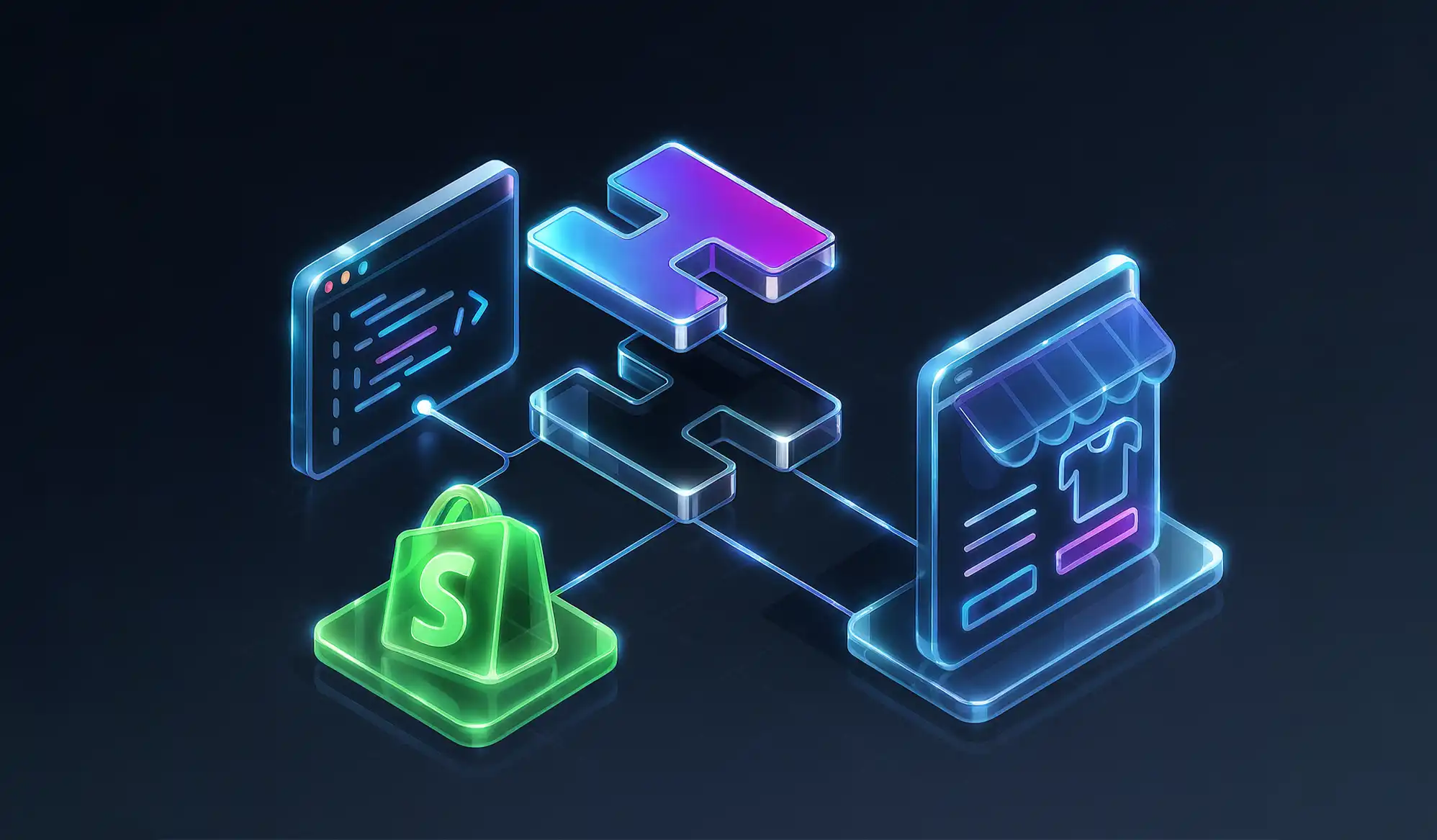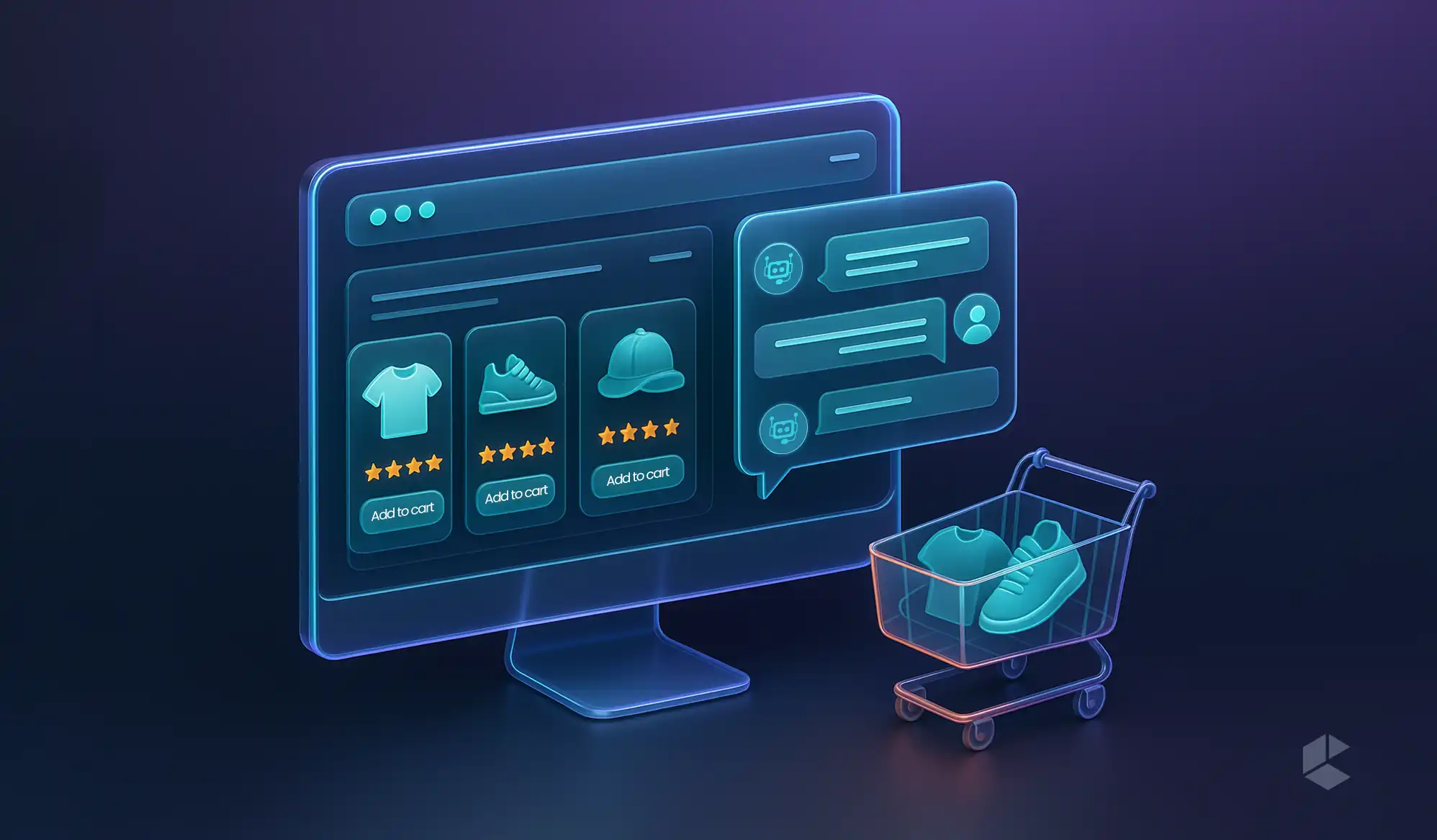- Save time with automated, real-time updates for events, from order placement to inventory modifications in Magento 2.
- Use webhook to leverage the event-driven architecture, leading to seamless external integrations.
- Secure your data during webhook integration using HMAC authentication, HTTPS encryption, and IP whitelisting.
- Get enhanced scalability by implementing retry mechanisms and asynchronous processing.
- Use tools like Postman and Magento logs that can help with debugging while setting up webhooks.
Introduction
When it comes to Magento stores, tasks, and system processes like order updates, inventory changes, or customer account events require constant updates. Updating them manually is not just labor-intensive, but borderline impossible.
Webhooks are a mechanism that automates these tasks by building efficient communication and data exchanges between different systems and applications (even the external systems). Because of their compatibility with event-driven architecture, webhooks are considered faster and more efficient than the traditional APIs. It aligns well with Magento 2’s integration-heavy needs and functions efficiently for headless and enterprise setups.
In this blog, we will explain how you can implement webhooks in Magento 2 with a use case, making the entire process easy to understand.
Understanding Webhooks in Magento 2
One of the integral parts of modern-day integration systems, webhooks eliminate the need for constant polling by establishing real-time communication between two applications. A webhook sends event-triggered HTTP POST requests (that include event details) to a pre-configured URL to create real-time workflows, data synchronization, and automation.
Magento 2’s event-driven architecture leverages Observer and Publisher-Subscriber patterns, which makes the platform an excellent choice for integrating webhooks. This equips developers to monitor specific events and respond by executing custom actions, which add to your workflow and performance.
For example, instead of checking for new orders frequently, webhook can send notifications to an external system automatically the moment an order has been placed. This adds to the dynamism and responsiveness of Magento 2 integrations.
Use Case Scenario
In this implementation demo, we are going to show you how to send an order creation notification to an external system. One of the most common eCommerce use cases, this syncs data with external order management, shipping, or fulfillment systems. With webhooks integration, the external system gets an instant, real-time update on new order placement.
Here’s the step-by-step process:
1. Event Identification
You have to identify the Magento event that applies to your specific use case. For a new order placement, the sales_order_place_after event is triggered.
Here’s the events.xml configuration:
<event name="sales_order_place_after">
<observer name="vendor_module_observer" instance="Vendor\Module\Observer\OrderObserver"/>
</event>
Through this configuration, the custom observer is triggered when an order is placed.
2.Creating a Custom Module
To wrap the webhook logic, you need to create a custom Magento 2 module, which will contain all required configurations like event definitions. Here’s how you can create a module structure to implement webhooks.
app/code/Vendor/Module
├── registration.php
├── etc/module.xml
├── Observer/OrderObserver.php- registration.php: For module registration.
- module.xml: For defining the metadata and dependencies of the module.
3. Implementing the Event Listener
You need to create an observer class within the custom Magento 2 module for responding to the sales_order_place_after event. As the observer connects Magento with an external webhook system, it saves the order data each time an order is detected and, via a triggered webhook call, sends the order data directly to an external system.
You can leverage Magento’s HTTP client (or cURL) to transmit the order data to the webhook. Here’s how you can implement it:
namespace Vendor\Module\Observer;
use Magento\Framework\Event\Observer;
use Magento\Framework\Event\ObserverInterface;
use Magento\Framework\HTTP\Client\Curl;
class OrderObserver implements ObserverInterface
{
protected $curlClient;
public function __construct(Curl $curlClient)
{
$this->curlClient = $curlClient;
}
public function execute(Observer $observer)
{
$order = $observer->getEvent()->getOrder();
// Prepare order data to send
$orderData = [
'order_id' => $order->getId(),
'customer_name' => $order->getCustomerName(),
'total' => $order->getGrandTotal(),
// Add other order details as needed
];
// Set webhook URL
$webhookUrl = 'https://example.com/webhook';
// Send data to webhook
try {
$this->curlClient->post($webhookUrl, json_encode($orderData));
} catch (\Exception $e) {
// Handle error (e.g., log or notify if the request fails)
}
}
}
4. Integrating the Webhook Logic
Fetch the required data from the order object in the observer class, and format the data based on the external system’s (like order management tool or 3PL) specific requirements. Using the built-in HTTP client or an external library like Guzzle, you can send the formatted data to the webhook endpoint of the 3PL system. Should you face any issues in carrying out the data transfer, adding error handling and logging to the observer class can fix the problem efficiently.
Here’s how you can send a POST request to a third-party system:
use Magento\Framework\HTTP\Client\Curl;
class WebhookService
{
protected $curl;
public function __construct(Curl $curl)
{
$this->curl = $curl;
}
public function sendWebhook($url, $data)
{
try {
$this->curl->post($url, json_encode($data));
} catch (\Exception $e) {
// Handle and log the error
}
}
}5. Testing the Webhook
You can use tools like ngrok to test webhooks locally. During the testing phase, verify the logs of the external systems to make sure that the data is received without an error. The built-in logging tools of Magneto can be used to debug any problems.
Security Considerations
To ensure there is no unauthorized access and misuse, it’s important that you secure webhooks:
Authentication:
You can use HMAC signatures or API keys for securing the webhook requests. By doing this, you can make sure that the data can be sent or received only by the authorized systems. By integrating HMAC validation in the webhook handling logic, Magento developers can authenticate the request source.
Rate Limiting:
Excessive requests can overload the system or may even lead to denial of service. With a rate-limiting mechanism configured using Varnish or any other third-party APIs, developers can ensure endpoint protection from any misuse.
Encryption:
Developers should ensure that all webhook communications are using HTTPS as it will encrypt the data during transmission. You can use Magento’s Encryptor for encrypting sensitive data like API keys or payloads.
IP Whitelisting:
To reduce unnecessary requests, you can restrict the webhook endpoint access. It only allows the known IP addresses to send requests.
Advanced Topics
Asynchronous Webhooks:
In large-scale operations, webhook handling can lead to other processes being blocked. To prevent that, you can use asynchronous processing by integrating Magento’s message queue system using RabbitMQ or Redis.
Retry Mechanism:
The endpoint unavailability or temporary network issues can lead to failed webhook calls, which is a common occurrence. In that case, developers can use Magento queues or Cron jobs to resend failed requests at regular intervals. While this retry mechanism would resolve the issue, keeping a proper record of failed attempts would help you monitor and debug.
Dynamic Webhook Subscriptions:
Enable administrators to configure and customize webhook subscriptions directly from the Magento admin panel. From enabling/disabling specific events to updating webhook URLs without any code-level modification, it will offer significant flexibility and control to the administrators.
Common Challenges and Troubleshooting
Webhook implementation in Magento 2 may come with a number of challenges. The following are the solutions to the most common issues that appear:
Event Not Triggering:
Make sure that you are using the correct events.xml configuration. Magento’s developer tools can be used for verifying the event flow.
Endpoint Unreachability:
With Postman, curl, or any similar tools, you can test the endpoint separately. Go ahead and identify any DNS or firewall issues that may be contributing to the block in webhook delivery.
Incorrect Data Format:
To make sure that there is no incorrect data format, keep track of the outgoing data, which would help you identify any formatting issues. Moreover, you need to make sure that the payload format is matching the expectations of the external system.
Debugging Tips:
Activate Magento’s developer mode and identify issues during implementation through custom logs. You can further simplify the debugging process by using tools like xdebug.
Conclusion
Webhooks play a pivotal role in reducing manual work by enabling seamless integration and automation in Magento 2. To build a real-time, automated data flow between Magento 2 and external systems, you can follow the process described in this blog while following the security considerations and advanced topics. Tap into the full potential of Magento 2’s event-driven architecture with webhooks.









